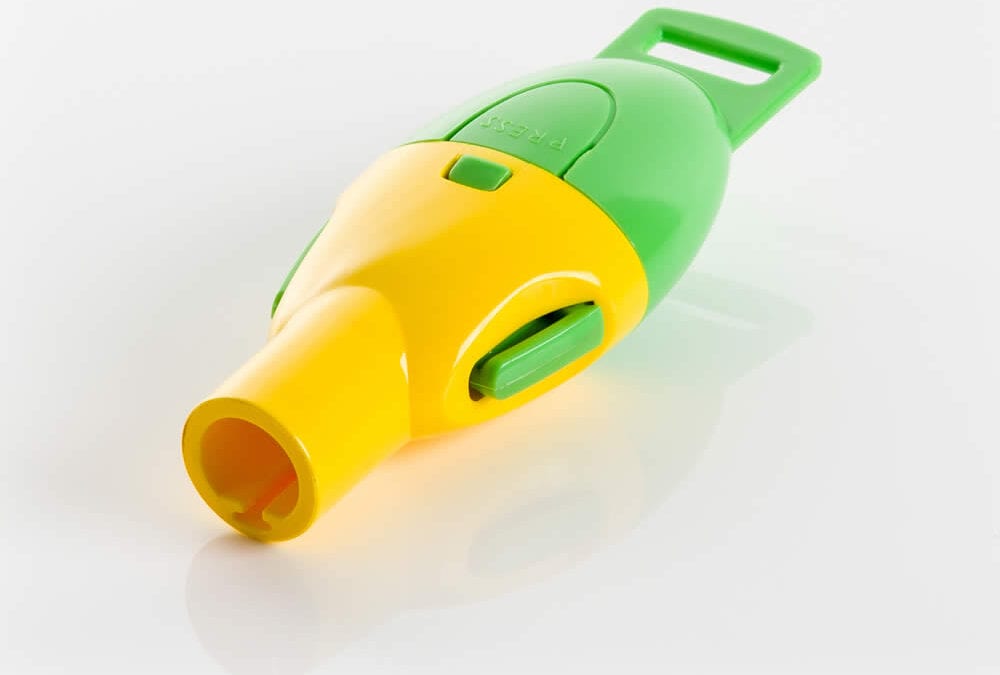When was plastic injection moulding invented?
The plastic injection moulding process forms plastic into a durable, resinous material that can be shaped into almost any form imaginable. The very first injection moulding machine was invented and then patented in 1872 by brothers John and Isaiah Hyatt.
When first invented, the plastic injection moulding machine consisted of a heated cylinder where a large plunger forced melted plastic through a large hypodermic needle into a heated mould.
Plastic Injection Moulding Process
The process that is used today is more advanced, although it is still based on the same original principle, this being that plastic is being injected into a mould. One major difference and advancement is the material used in the process. There are now numerous formulas and materials available when plastic injection moulders making and forming plastics.
Plastic Injection Moulding Terminology You Should Know
With the plastic injection moulding industry continuing to advance, it is important to know and understand the unique language and jargon. We have put together some of the top terms we think you need to know when discussing plastic injection moulding.
Resin
Resin is the raw material that is used to create the finished part in the injection moulding process. There are a variety of resins that you can choose from as they each have their own unique properties and characteristics.
Mould
This is a hollow form that the heated plastic is injected into. Plastic injection moulds can in some cases be expensive to design and produce. This is due to the fact that they are typically used multiple times for use in mass production.
Runner System
This is a channel system that allows the heated and melted plastic to fill the cavities of the mould.
Viscosity
This means the resistance to liquid flow.
Maximum Injection Velocity
This is the maximum speed that plastic can enter the mould.
Hopper
The hopper is where the plastic is stored.
Flash or Burrs
This is a thin lip or overhang that is caused from having a poor clamping force, improper mould design, or if there is any damage to the mould. This lip is often found beyond the body.
Mould Cavity
This is a hole in the designed mould and is where the resin is injected to form the product.
Barrel
This is where the plastic granules are fed from the hopper to the nozzle and are heated to melt the plastic pellets into the resin.
Nozzle
This is a hollow metal nose that is screwed onto the injection end of the barrel. When under pressure, this part forms a seal.
Colourant
This is a pigment system that is usually found in the form of pellets. This is then mixed with the resin to create the desired colour.
Gate
A channel that allows the melted plastic to flow into the mould.
Vent
This is a channel that is found to be coming from the mould itself. When the plastic is being injected into a mould, this allows for any gas or air to escape to help prevent any defects occurring.
Clamping Force
This describes the amount of force that is used and required to hold the mould in place. This is where many defects can occur due to an insufficient amount of force being applied.
Get in Touch with Moldwel Products Ltd
These plastic injection moulding terms will hopefully give you a better understanding of the process. However if you have more questions about the terminology or would like to find out more information about our plastic injection moulding services, get in touch today. Call us on 01922631252 to speak to a member of our team.
If you enjoyed this article, you might like to read our previous article: 4 Types Of Plastic Moulding

